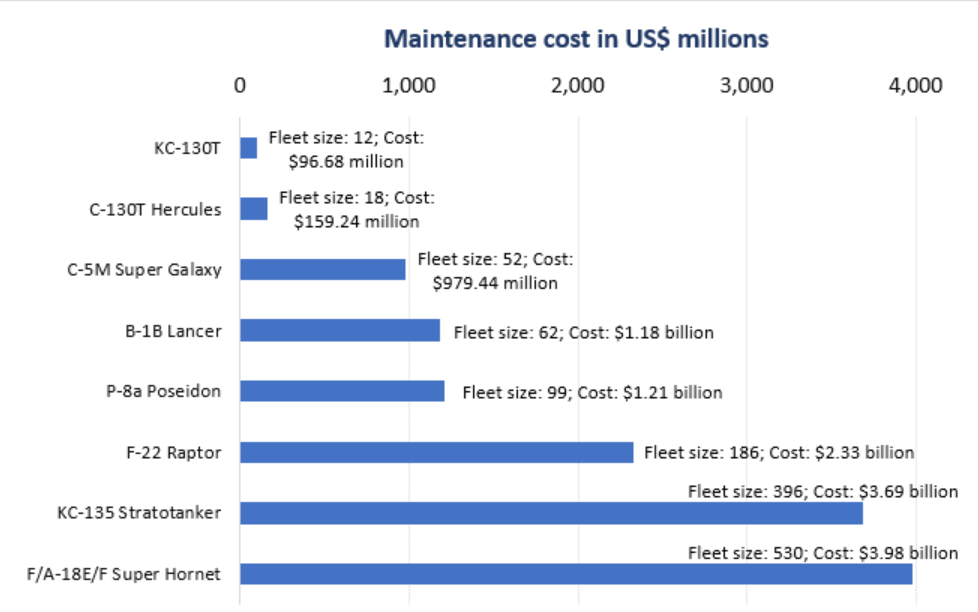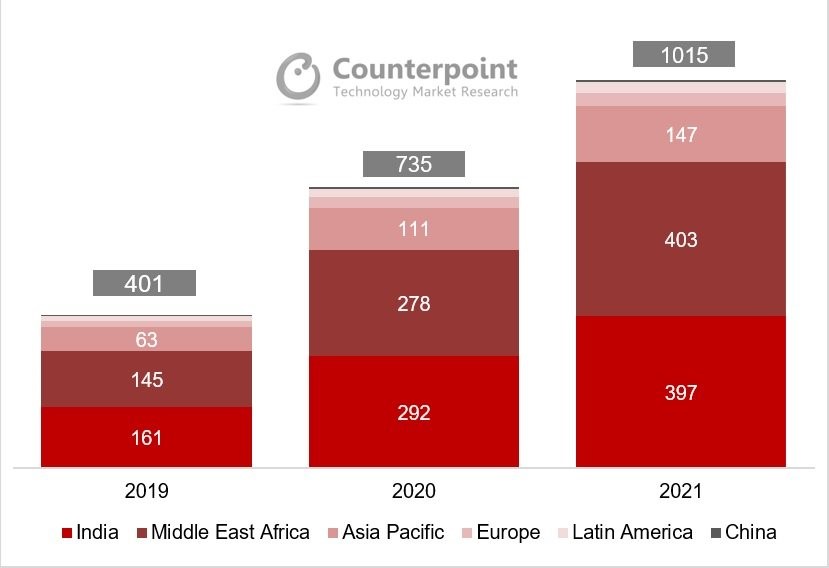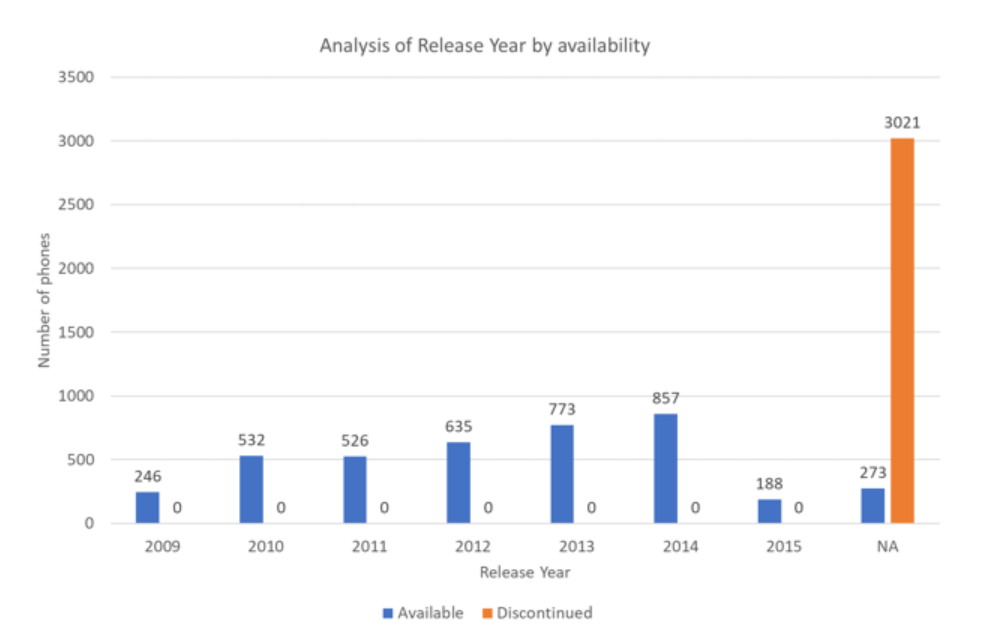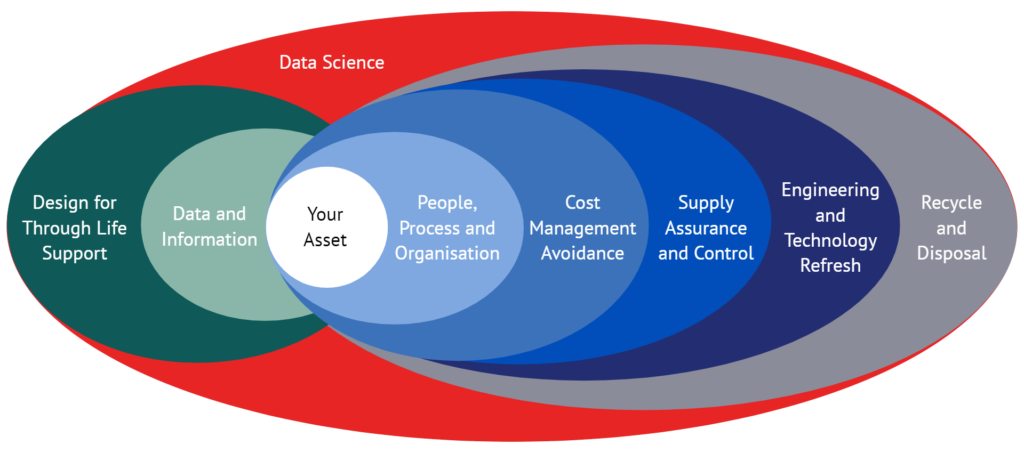Allan Webb Limited (AWL) is proud to have recently sponsored the International Institute of Obsolescence Management (IIOM) Member’s meeting on 30 June at the Cheltenham Chase Hotel, Brockworth. It was a very successful day, attended by delegates from BAE Systems Land (UK), Fujitsu, Jaguar Land Rover, Network Rail, Siemens Energy, and of course the UK Ministry of Defence.
Before I launch into the topic of this blog, I’d like to mention the excellent presentation by Willian Santos of ABI Electronics on “developing in-house electronic repair capabilities to mitigate obsolescence”. He really highlighted the fact that electronic parts can and ought to be repaired, rather than being discarded. I recommend reaching out to him on LinkedIn for advice in this area.
As AWL sponsored the conference, it gave me the opportunity to deliver the sponsor’s introductory talk “Predicting and managing obsolescence with AI”. This blog elaborates on some of the topics from that presentation.
If you are wondering what obsolescence is all about, let me start by giving two definitions from the IIOM:
“Obsolescence is the unavailability of parts, or services that were previously available.”
“Obsolescence Management is the need to understand why this has happened and to plan and mitigate for these instances in the future.”
As obsolescence is a serious problem faced by many industries and sectors (including rail, energy, manufacturing, and defence) there is considerable (and growing) interest in developing AI based models for various obsolescence related tasks. Indeed, if obsolescence is not pro-actively managed (or predicted), history shows it can cause significant capability, operational and financial headaches.
A classic example is the US Navy’s surface ship sonar system, which began development in 1996. By 2002, when the first systems were being installed, 70% of the electronic parts that comprised the system were obsolete. By 2007 the situation had worsened considerably, as by then nearly all the electronic parts in the system could not be procured from their original source.
When ageing systems have their life extended well beyond their intended lifespan, the cost of procuring spares and the cost of maintenance to keep such systems in service can be astronomically high. The financial burden of supporting defence platforms that should have been made obsolete long ago is illustrated by the June 2022 report (“Air Force and Navy Aviation: Actions Needed to Address Persistent Sustainment Risks”) from the US Government Accountability Office. According to that report, in the fiscal year 2020 the total support cost for 1,355 ageing aircraft was approximately $13.6 billion!

The table below shows a few of the papers published over the past decade (or so) which describe statistical or AI techniques for various obsolescence tasks:
| Year | Paper | Application | Method |
| 2000 | R. Solomon, P. A. Sandborn, M. G. Pecht, “Electronic part life cycle concepts and obsolescence forecasting”, IEEE Transactions on Components and Packaging Technologies, pp. 707-717. | Integrated circuits | Gaussian distribution |
| 2009 | M. J. Gravier, S. M. Swartz, “The dark side of innovation: Exploring obsolescence and supply chain evolution for sustainment-dominated systems”, The Journal of High Technology Management Research, pp. 87–102. | Electronic systems | Logistical regression |
| 2014 | K. Jenab, K. Noori, P. D. Weinsier, S. Khoury, “A dynamic model for hardware/software obsolescence”, International Journal of Quality & Reliability Management. | Hardware / software systems | Flow graph |
| 2016 | C. Jennings, D. Wu, J. Terpenny, “Forecasting obsolescence risk and product life cycle with machine learning”, IEEE Transactions on Components, Packaging and Manufacturing Technology 6, pp. 1428–1439. | Smartphone | Random Forest, SVM, Neural Networks |
| 2017 | P. Sandborn, “Forecasting technology and part obsolescence”, Proceedings of the Institution of Mechanical Engineers, Part B: Journal of Engineering Manufacture, pp. 2251–2260. | Electronic parts | Linear regression |
| 2017 | Y. Grichi, Y. Beauregard, T. Dao, “A random forest method for obsolescence forecasting”, 2017 IEEE International Conference on Industrial Engineering and Engineering Management, pp. 1602–1606. | Smartphone | Random Forest |
| 2017 | J. Ma, N. Kim, “Electronic part obsolescence forecasting based on time series modelling”, International Journal of Precision Engineering and Manufacturing, pp. 771–777. | Electronic parts | Time series model |
| 2021 | I. Trabelsi, M. Zolghadri, B. Zeddini, M. Barkallah, M. Haddar, “Prediction of obsolescence degree as a function of time: A mathematical formulation”, Computers in Industry. | Smartphones | Statistical distribution laws |
Whilst a number of these approaches are interesting (particularly the paper by Jenab which uses graph networks) in my view many of these models are too narrow in their focus, missing the bigger picture. In particular, I submit that whilst some of these AI models could be used to predict the obsolescence for fundamental electronic items (such as memory chips), the AI models for electronic gadgets (i.e. smartphones) are ill founded.
For instance, consider the 2016 paper by Jennings, in which he uses a range of AI techniques (Random Forest, Support Vector Machines and the ever-ubiquitous Neural Network) to predict the obsolescence of “smartphones”. The raw dataset comprises of around 7000 unique models of phones, with 30 explanatory features including screen size, weight, and various types of functionality, e.g. whether a phone has MP3 capabilities or not. The target variable is “status”, which is either “available” or “discontinued”. Jennings explains that the data was obtained by page scraping the GSM Arena website. The dataset and the original R code for the AI models is available from http://connor.ie/research, though not the page scraping code.
On the face of it, the results from the AI models are impressive, with the table below showing the results of the Random Forest model:
| Prediction | ||||
| Available | Discontinued | Total | ||
| Actual | Available | 1243 | 72 | 1315 (92.52%) |
| Discontinued | 98 | 873 | 971 (89.91%) | |
| Total | 1341 (92.38%) | 945 (92.38%) | 2286 (92.56%) | |
Source: C. Jennings et al, “Forecasting obsolescence risk and product life cycle with machine learning”, 2016
However, on closer inspection the model actually suffers from a number of problems.
The key premise of Jennings’ paper is “based on the concept that parts become obsolete because other products in the market have a superior combination of features, software, and/or other added value.” With the launch of the iPhone in 2007 and the subsequent meteoric rise of smartphones (from brands such as Apple and Samsung) it would have seemed reasonable to assume that “dumbphones” (or “feature phones”) would inevitably become obsolete and that only smartphones would prevail.
However, the predicted demise of dumbphones has not happened. Instead, the last five years has seen a considerable resurgence of dumbphones, with classic phones such as the Nokia 3310 (and models like it) being relaunched with very popular appeal. According to research conducted by Counterpoint in 2019, they noted that the smartphone market had actually contracted for the first time in 2018, and predicted that more than a billion feature phones would be sold over the three-year period to 2021.

The reasons for the resurgence in dumbphones are many and varied, but for many people in the UK and Europe such phones provide an escape from the constant bombardment from social media (Twitter, WhatsApp, Facebook etc) thrown at us by many of today’s smartphones. In addition, some users are convinced dumbphones are safer to use, not being as susceptible to spyware and the harvesting of personal information that is associated with smartphones. In addition, the resurgence of dumbphones is probably also related to their affordability.
Unfortunately, the resilience and resurgence of dumbphones is not reflected in the dataset used by Jennings. Whilst the dataset contains the original Nokia 3310 (having a correct status of “discontinued”) it does not include newer relaunched variants of dumbphones. Consequently, the AI models learn to predict an outcome of “discontinued” for phones with features that are considered obsolete, yet are very much in production and in demand!
In addition to a flawed initial assumption, for me there are unfortunately a number of issues with the underlying data analysis and data science supporting this model. These issues include:

Whilst there are issues with Jennings’ model, it does also have to be recognised that obsolescence is a difficult challenge, which has only relatively recently gained any real interest from the data science community. Until recently, obsolescence has really been a niche area for subject matter experts, often working in the defence sector. With the issues posed by obsolescence becoming more prominent, the challenge is to develop a new breed of AI models and tools.
Notwithstanding the issues highlighted above, for me, the core problem with all of the existing AI obsolescence models is that they are too narrow in their focus, taking into consideration only historical sales data or a narrow set of features that are very specific to the electronic item or gadget being considered. In reality, obsolescence is affected by a multitude of factors, including but not limited to:
At AWL we believe obsolescence is not a problem that can be tackled in insolation, and certainly not by ignoring pertinent features such as the ones I’ve briefly mentioned above. In our view, while obsolescence models such as the ones detailed above can and do help, what is really required is a holistic approach.
It is for these reasons that at AWL we are developing a graph-based solution that can ingest massive volumes of data, and which uses graph-based algorithms to leverage the relationships between all this information and data, enabling us to make more meaningful and accurate predictions. We believe our solution can be applied to many other problems besides obsolescence, including understanding bills-of-materials, and supply chain issues.
At AWL we are developing and evolving our obsolescence management capabilities and service provision, and our other data analytical services by adopting data science throughout our business. If you would like to know more on what we are doing, or would like assistance with developing AI models for your obsolescence challenges, please reach out to me or to Tim Elliott who heads up our obsolescence team.
